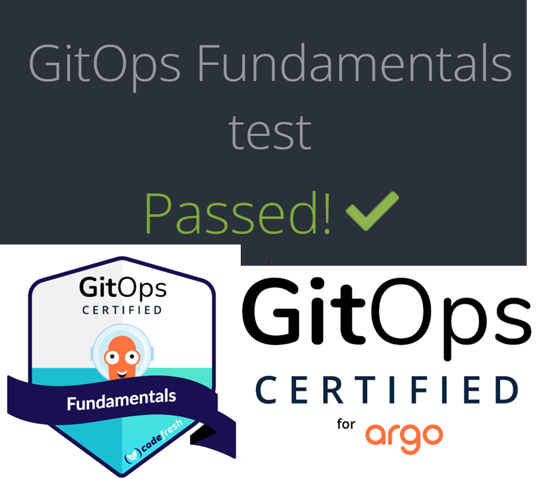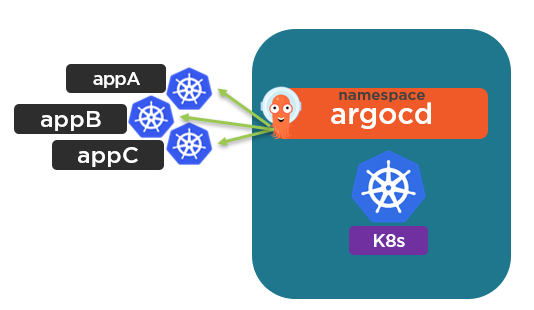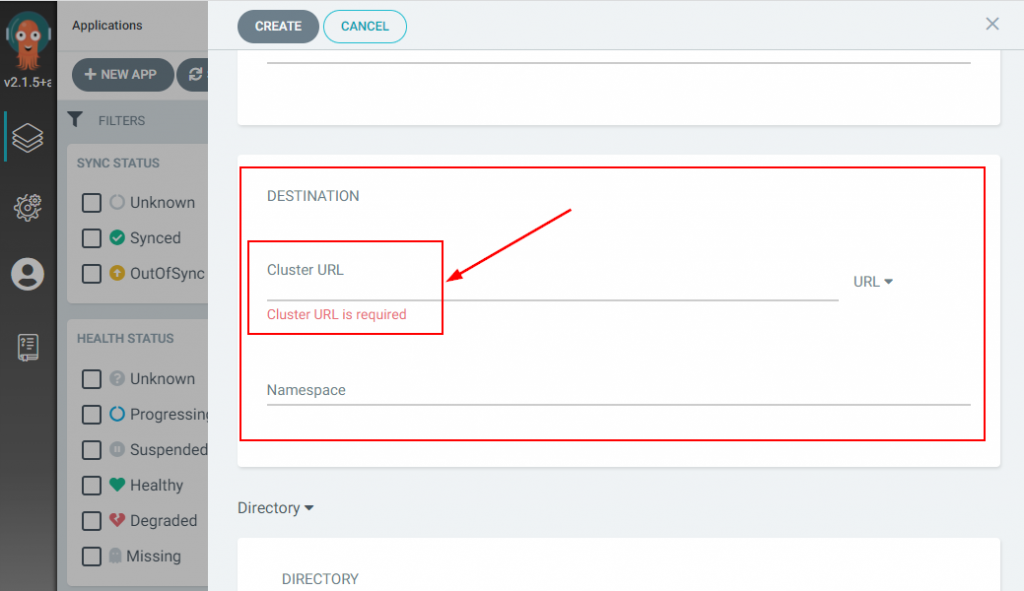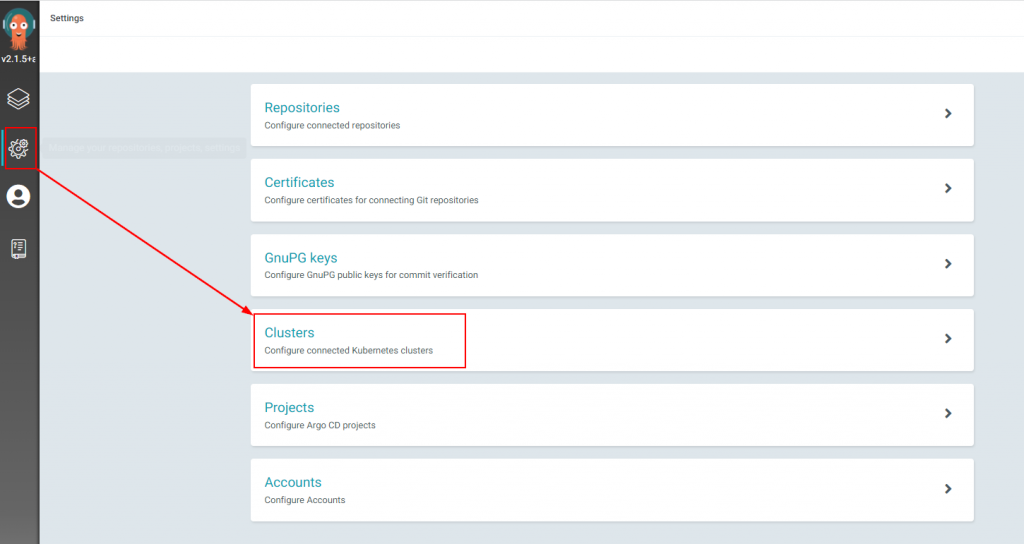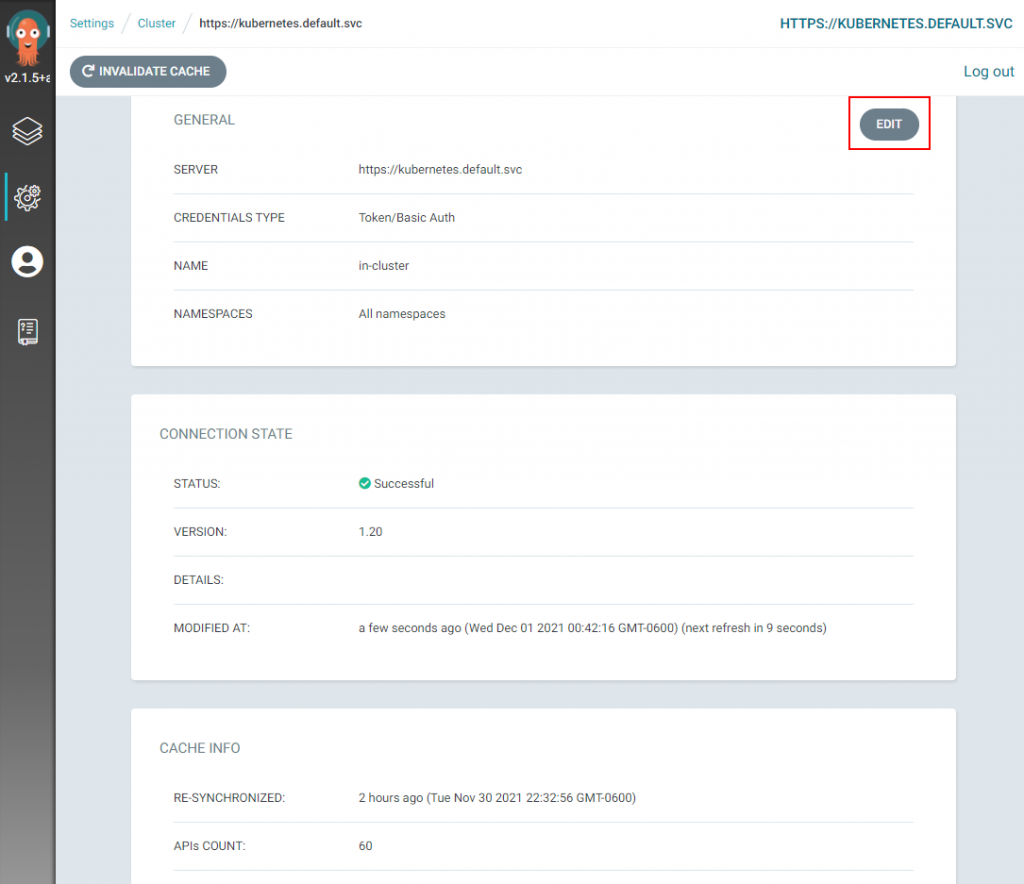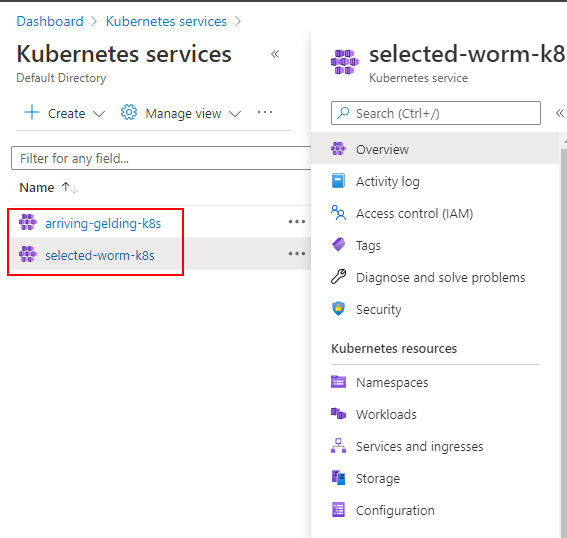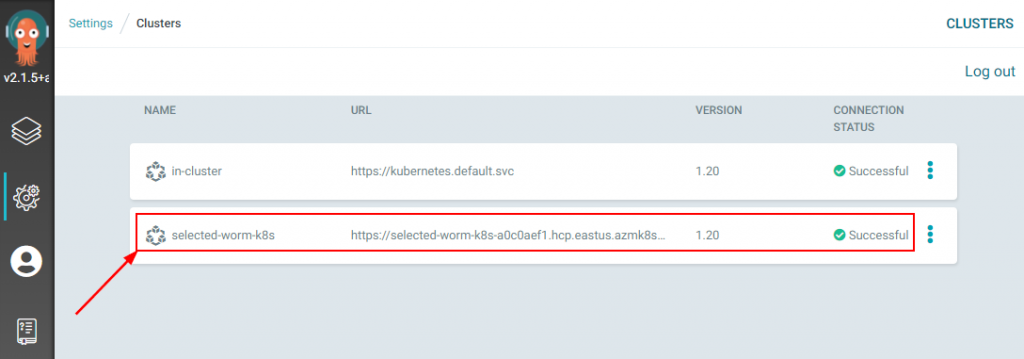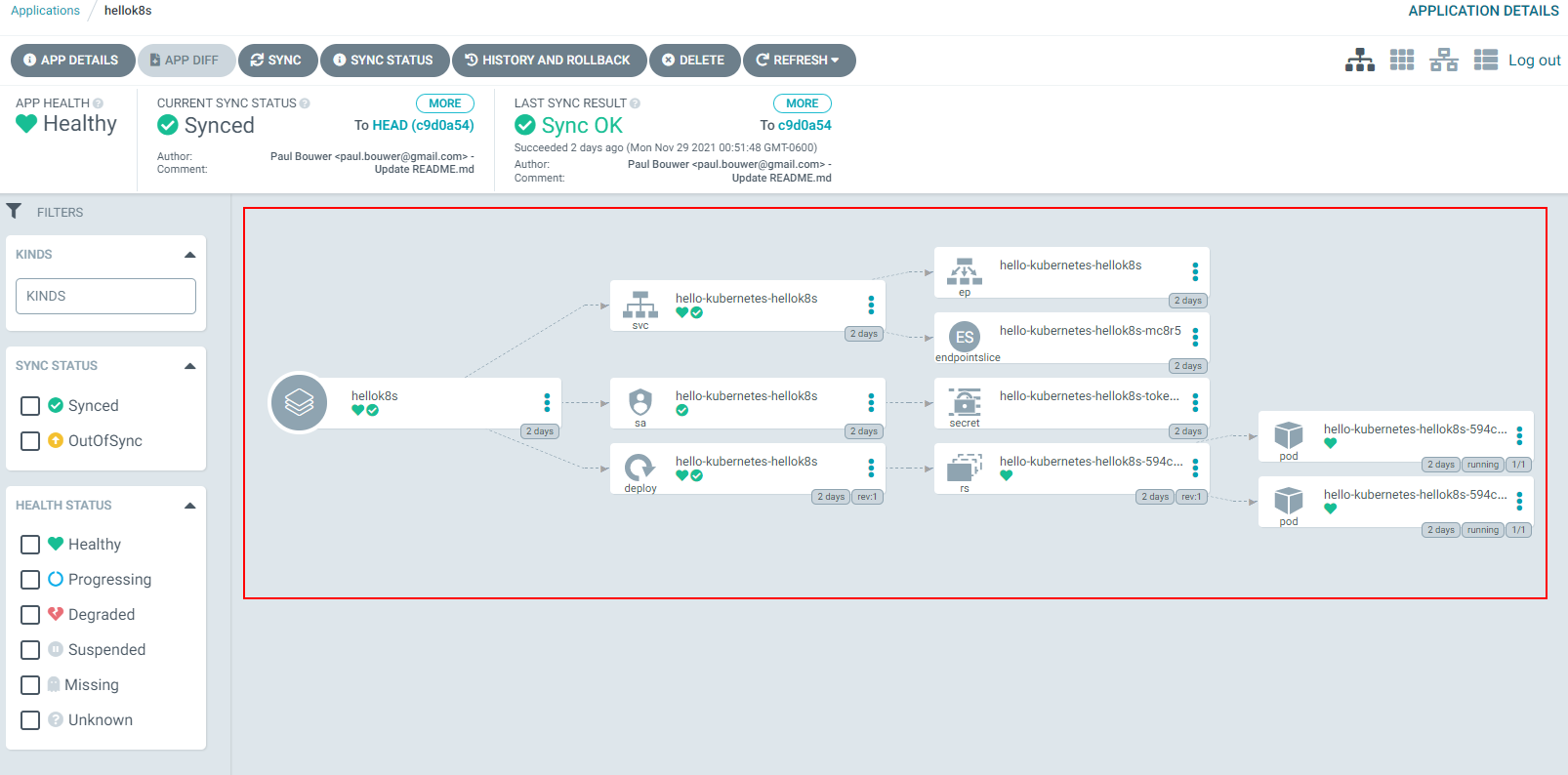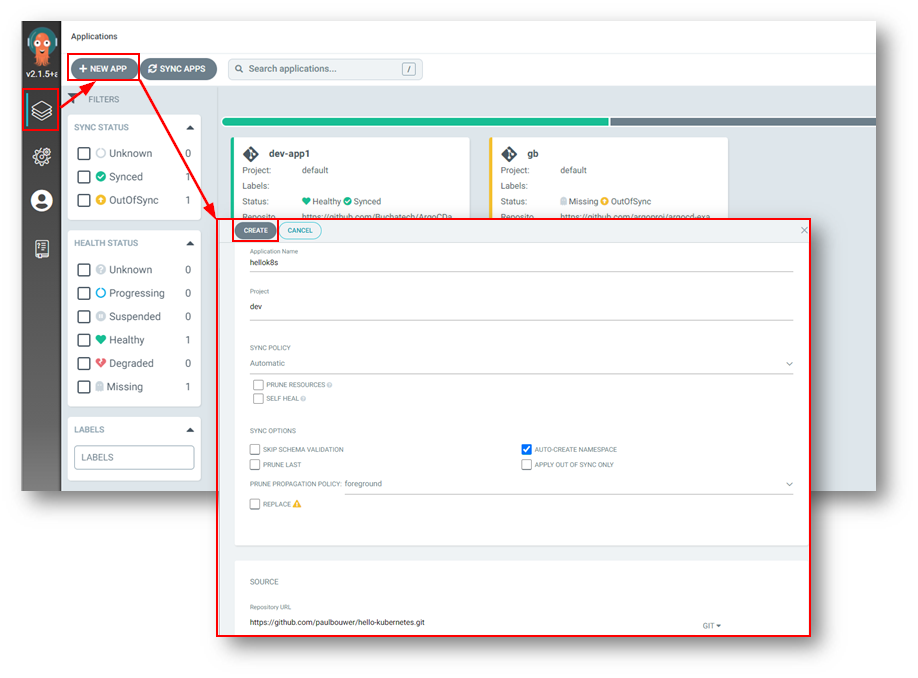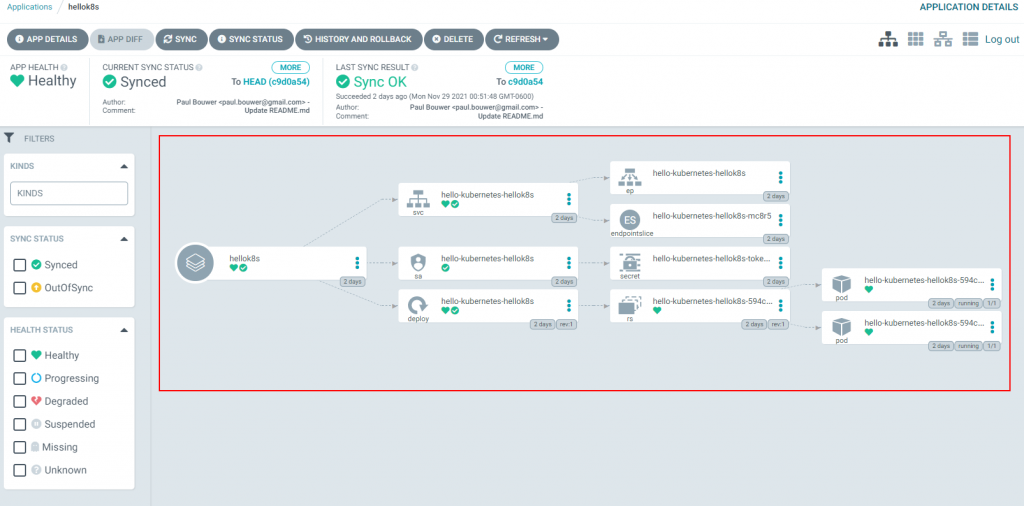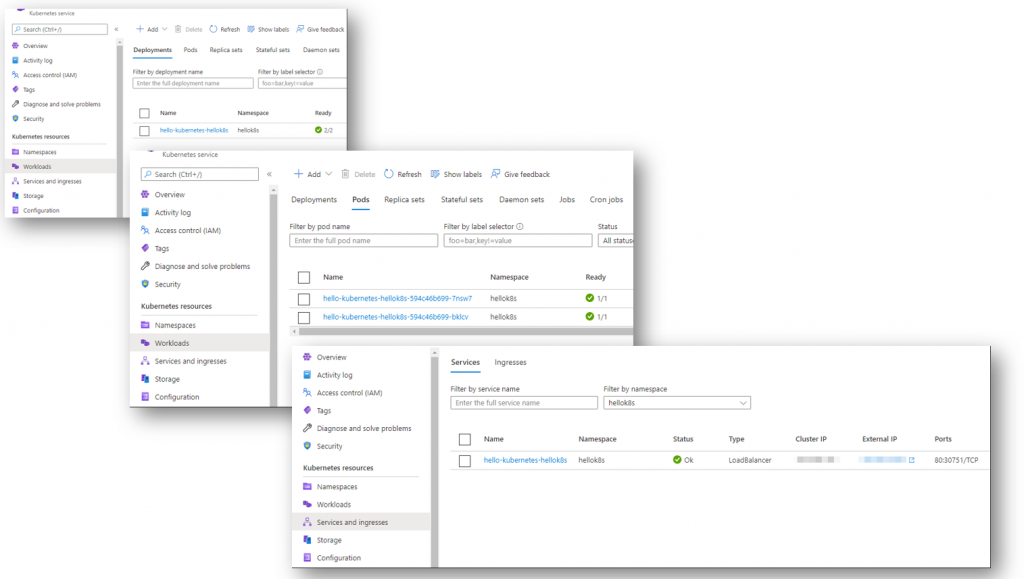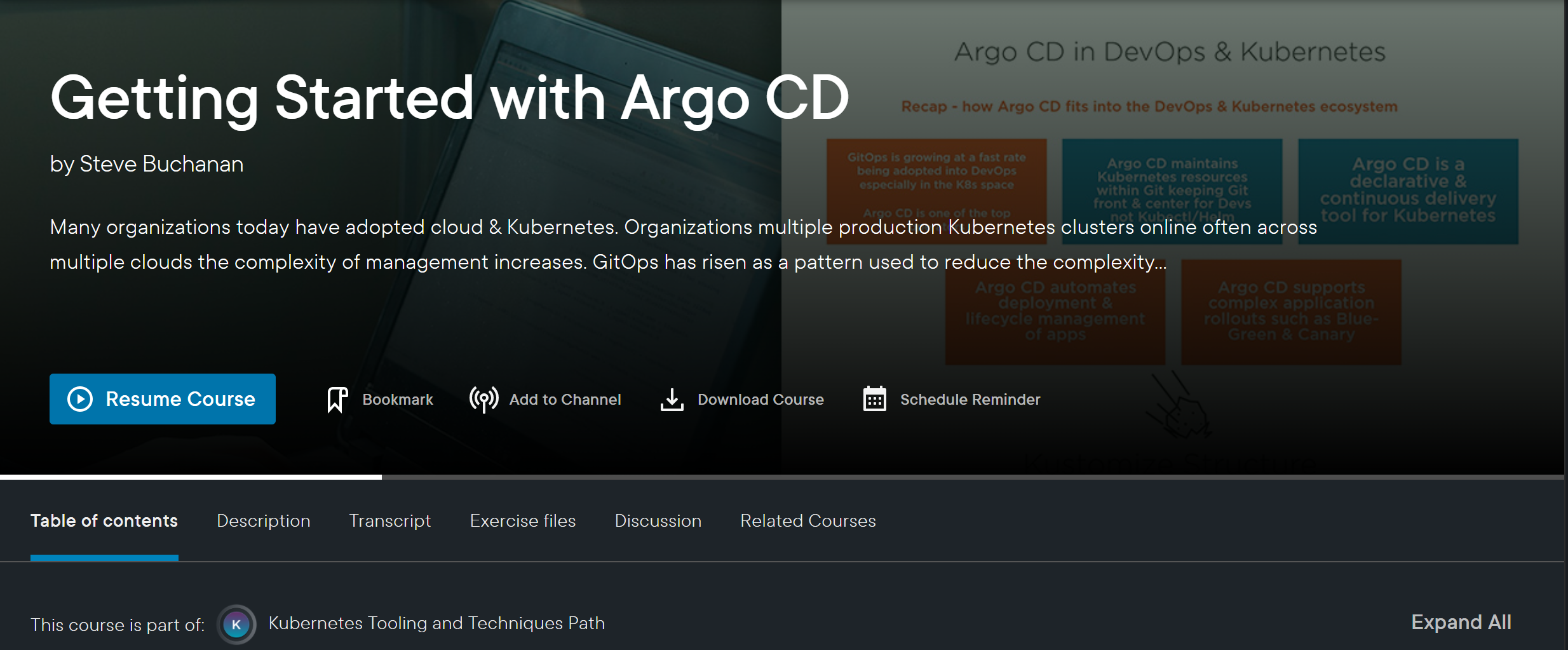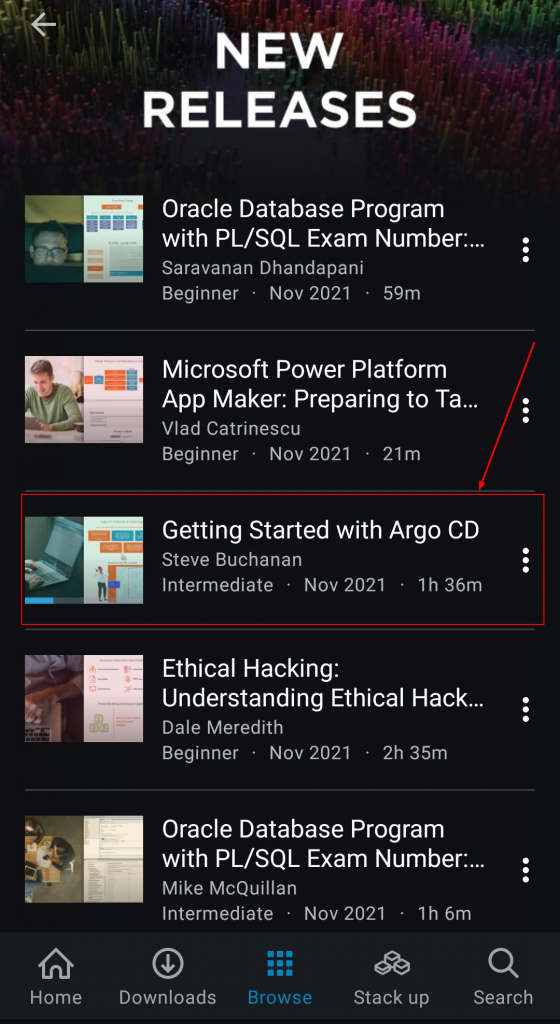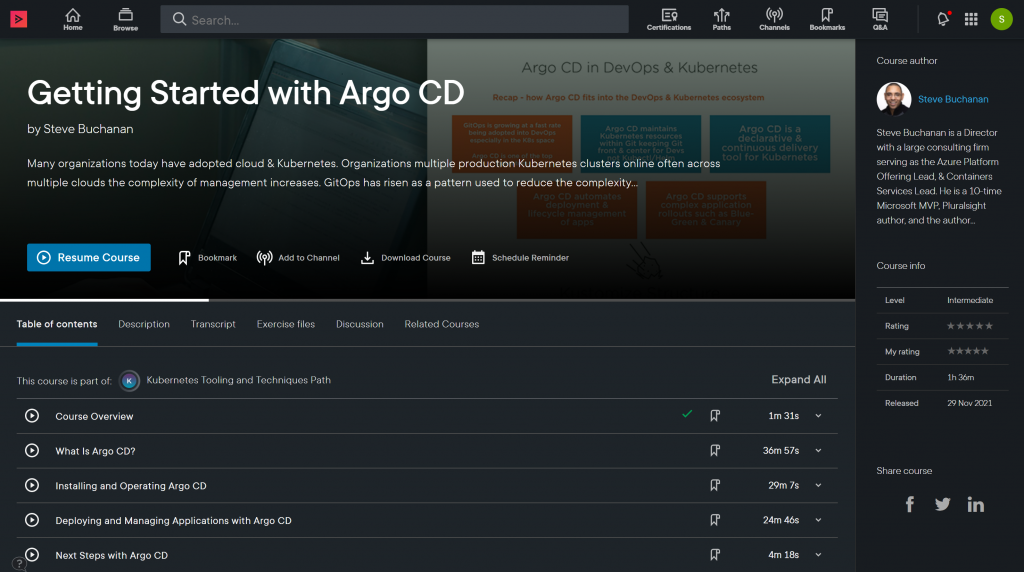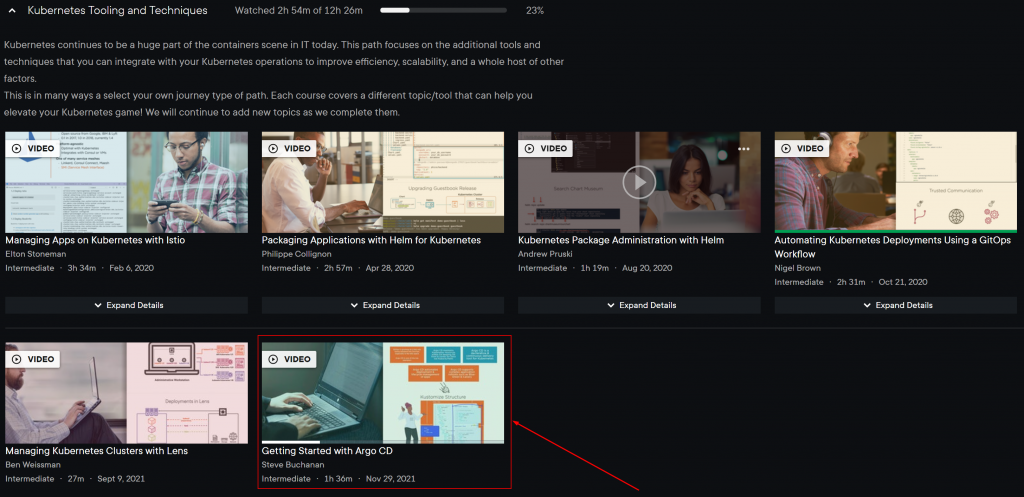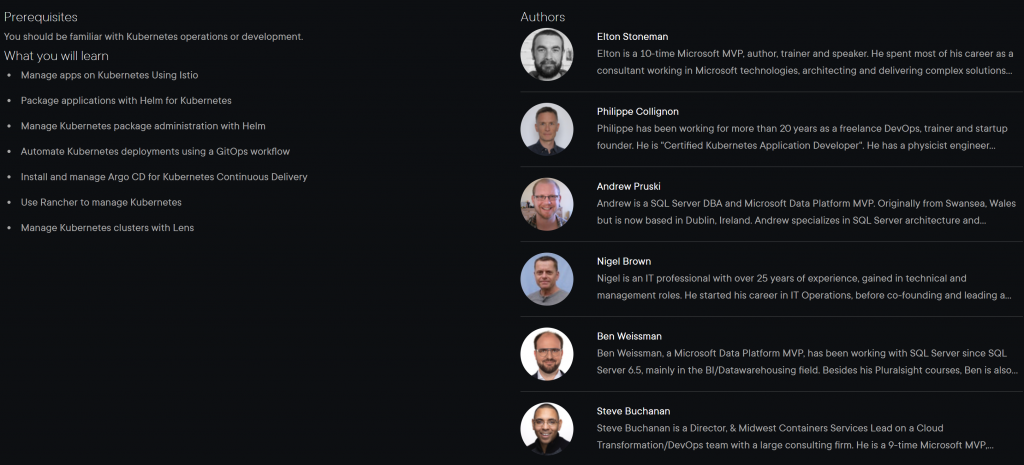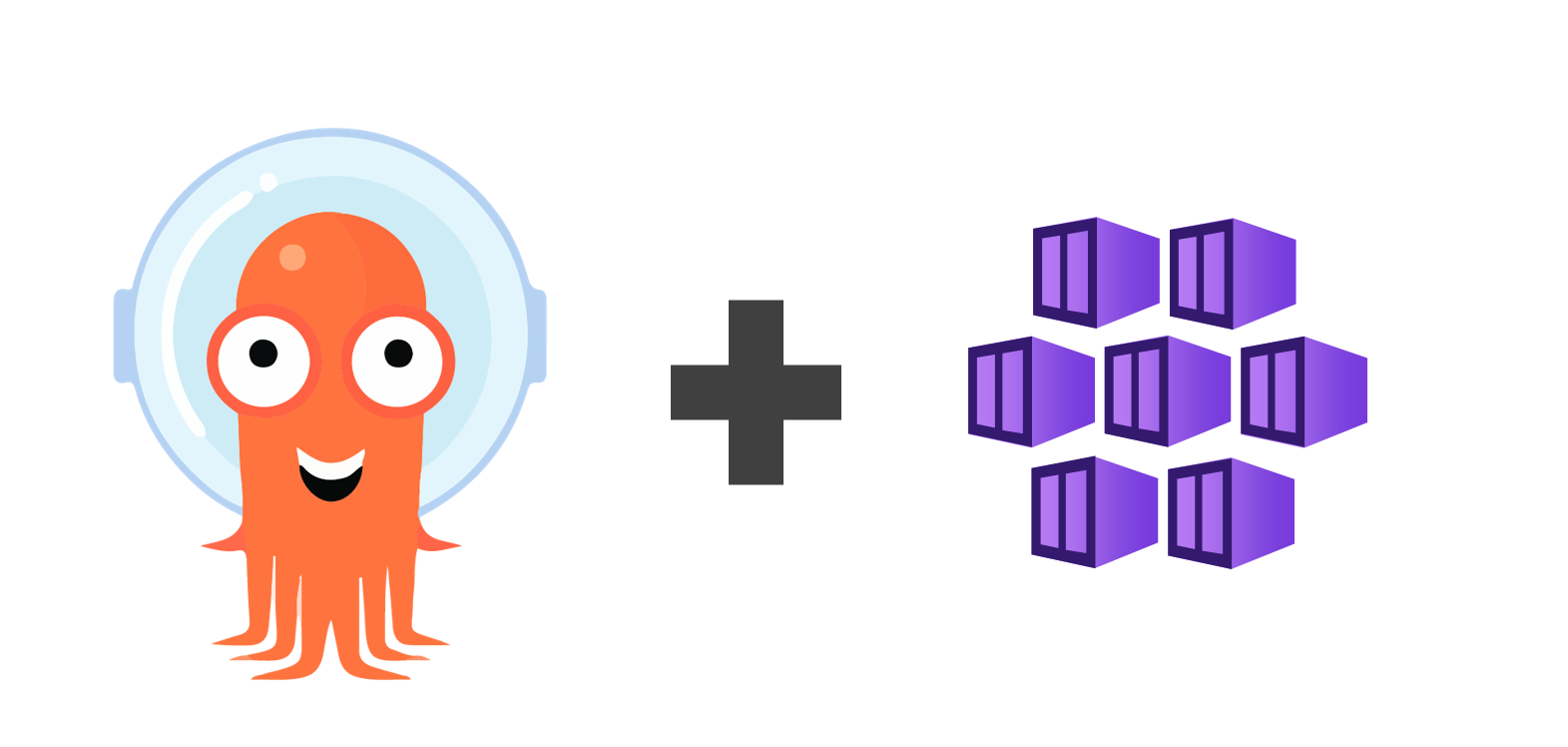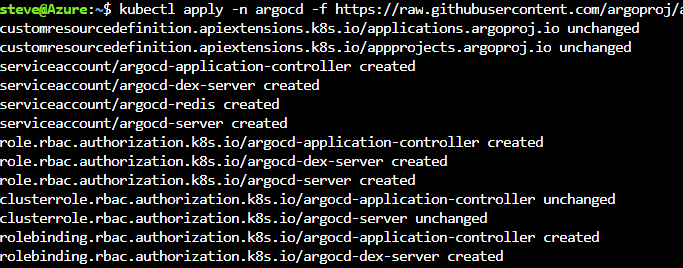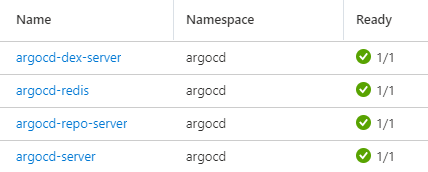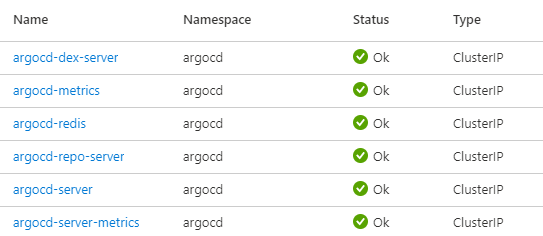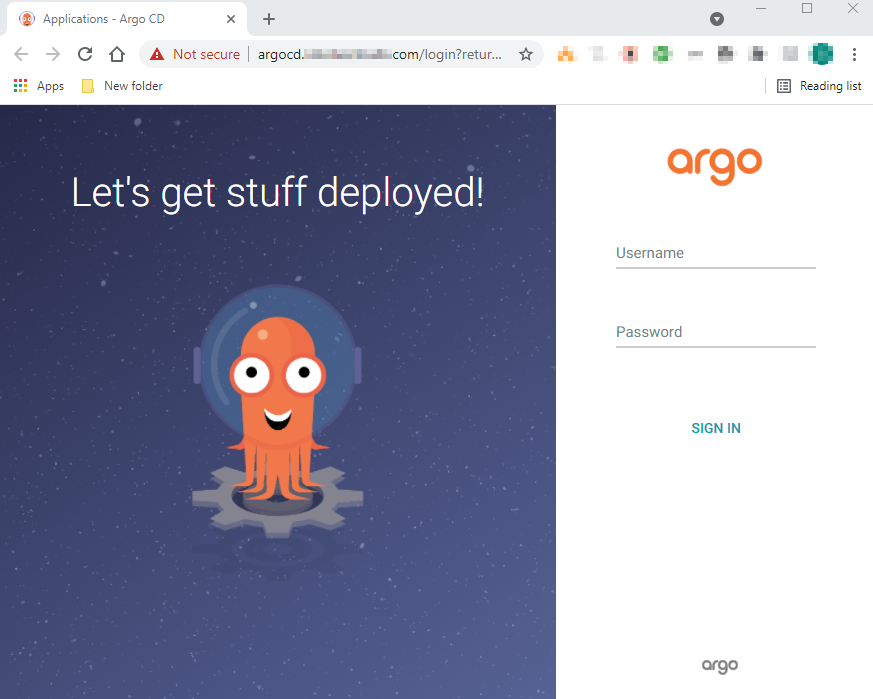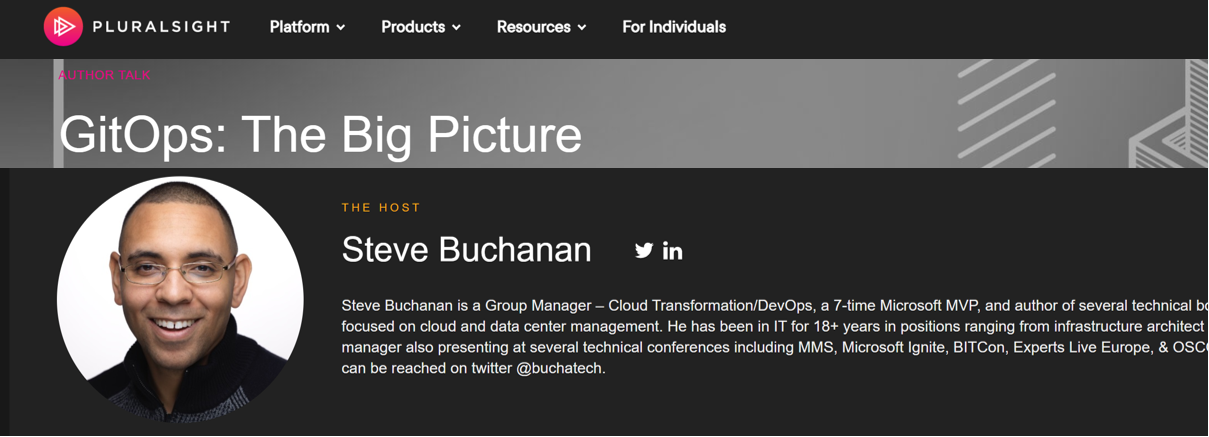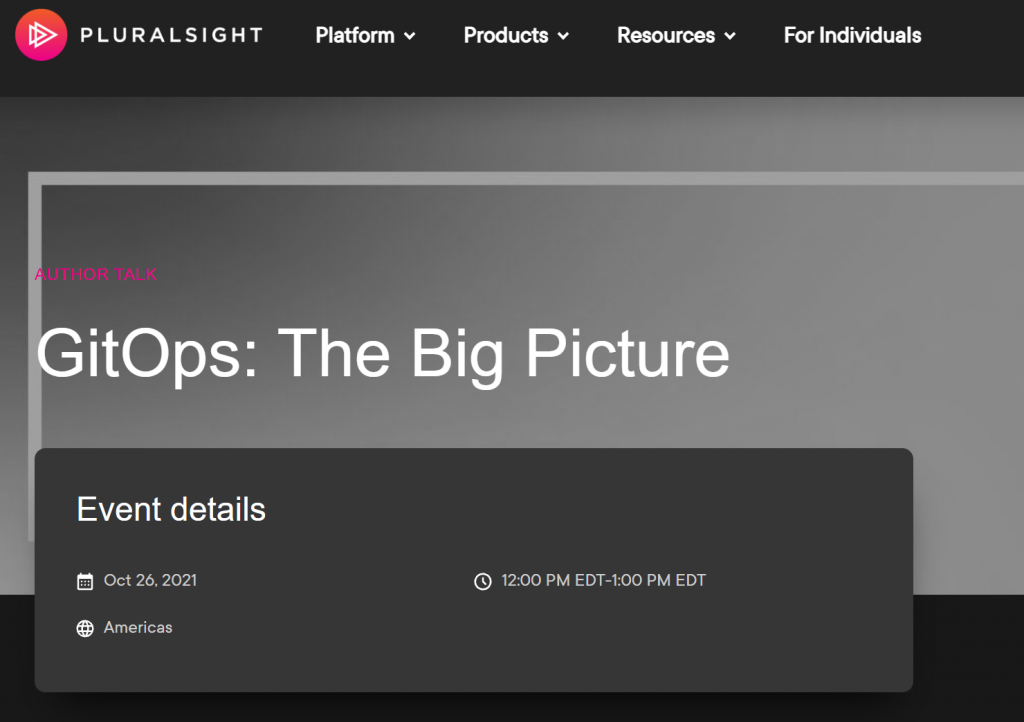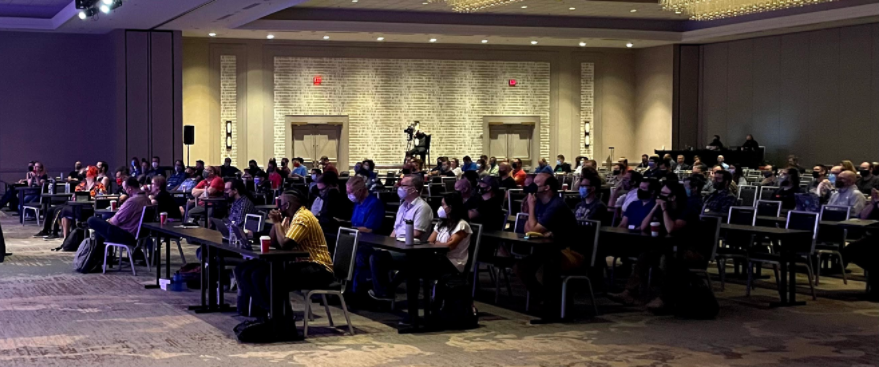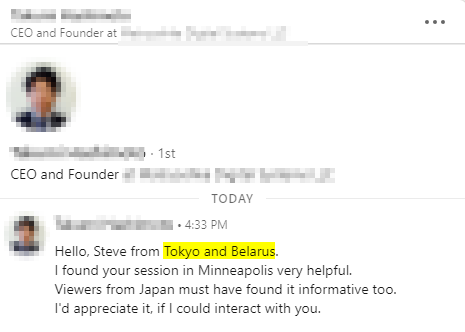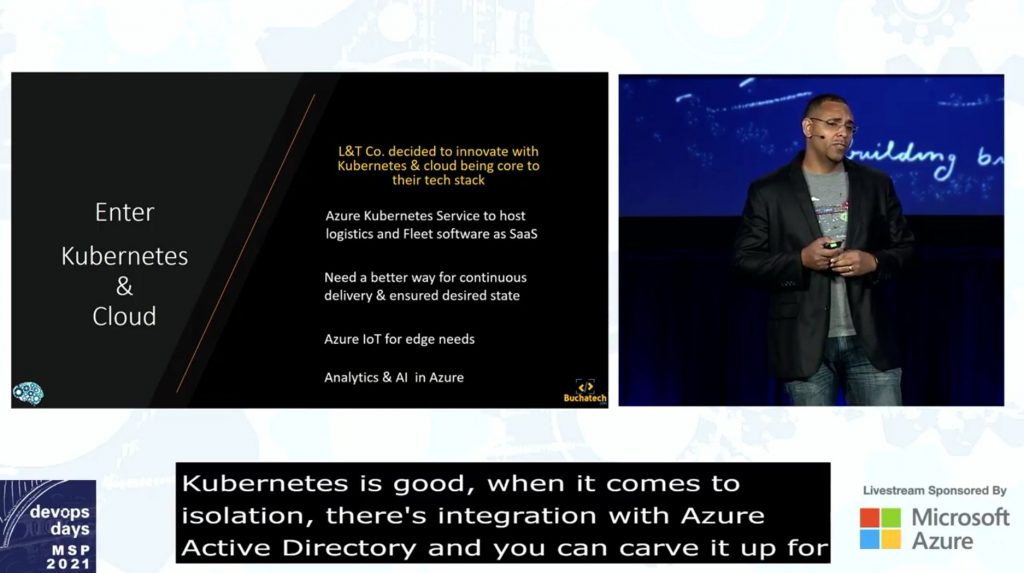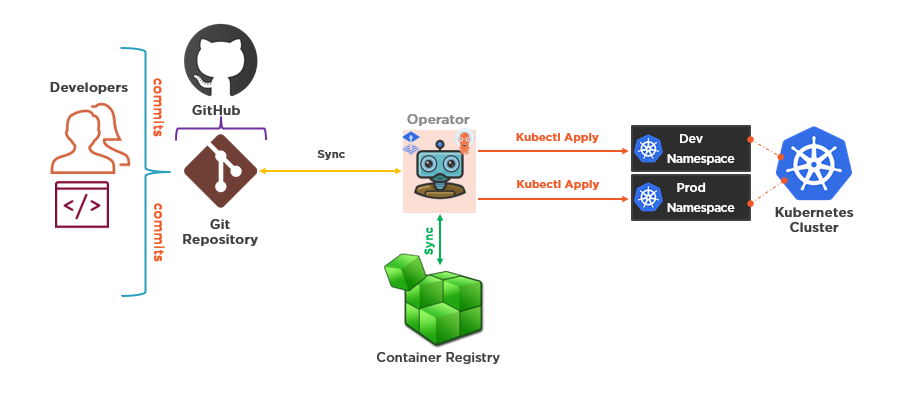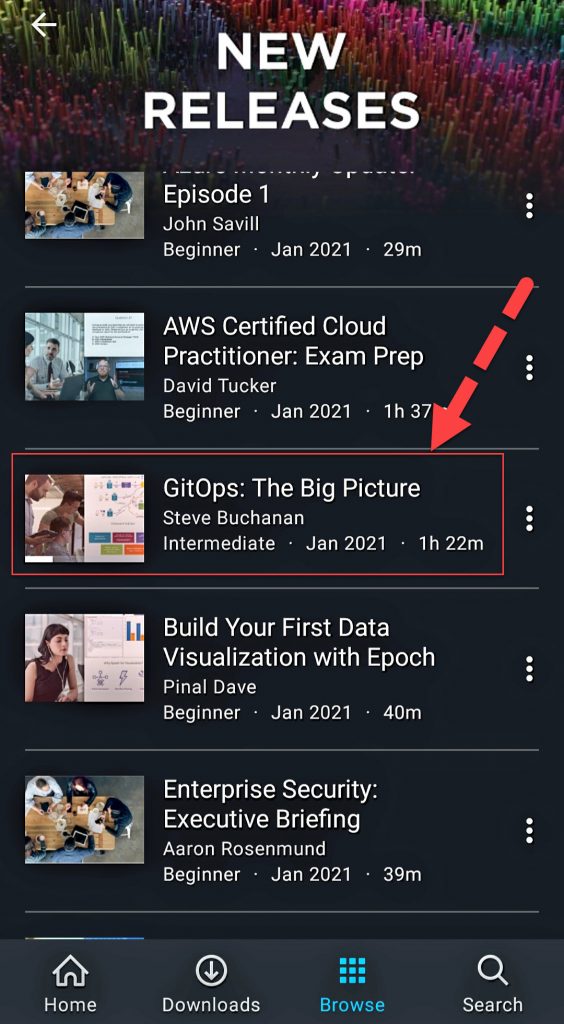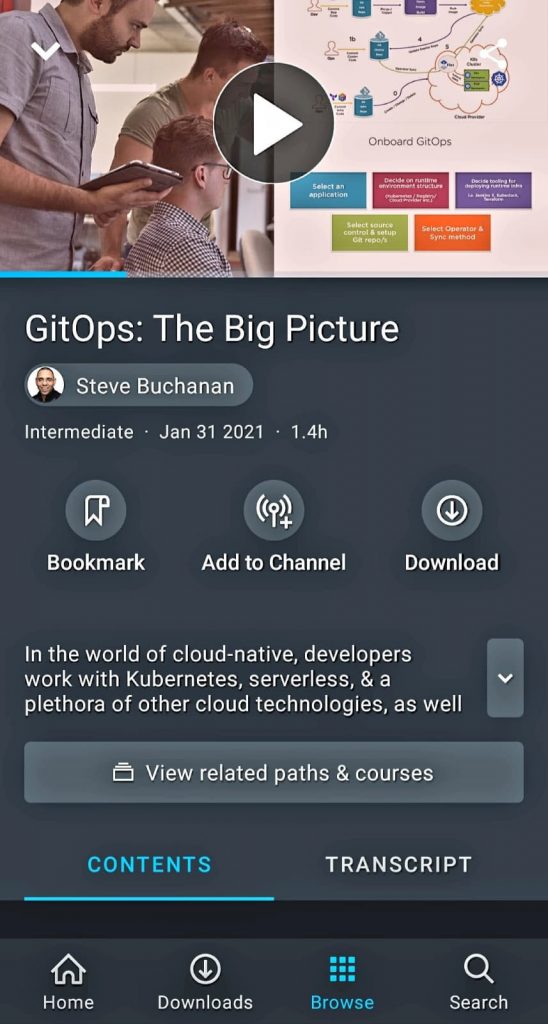Recently Codefresh launched the 1st certification in its GitOps certification path. This one is called “GitOps Fundamentals“. You can find it here: https://codefresh.learnworlds.com .
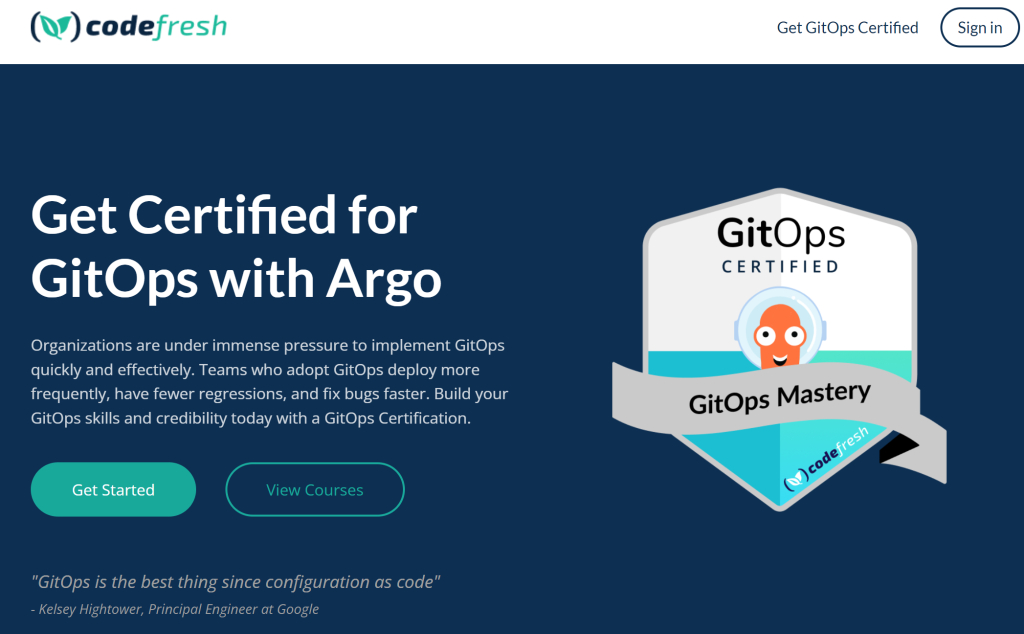
It takes you through the basics of GitOps to gain theoretical knowledge, and how to utilize Argo CD as the GitOps operator to gain hands-on knowledge. You will learn about both and will have questions on both in the quizzes and final exam.
They also touch on Argo Rollouts to go over Progressive Delivery with topics such as blue/green deployments and canary deployments. This is the 1st ever GitOps certification and it’s free! They do have plans for GitOps at Edge and GitOps at Scale certifications.

You can find more information about the GitOps certification and Codefresh’s future plans for it on this blog by Hannah Seligson (one of the authors of the course and exam) here: https://codefresh.io/blog/get-gitops-certified-argo.
I jumped all over this opportunity to get certified on GitOps, by signing up for the course, taking the training, and the exam! I passed and now I am GitOps certified.
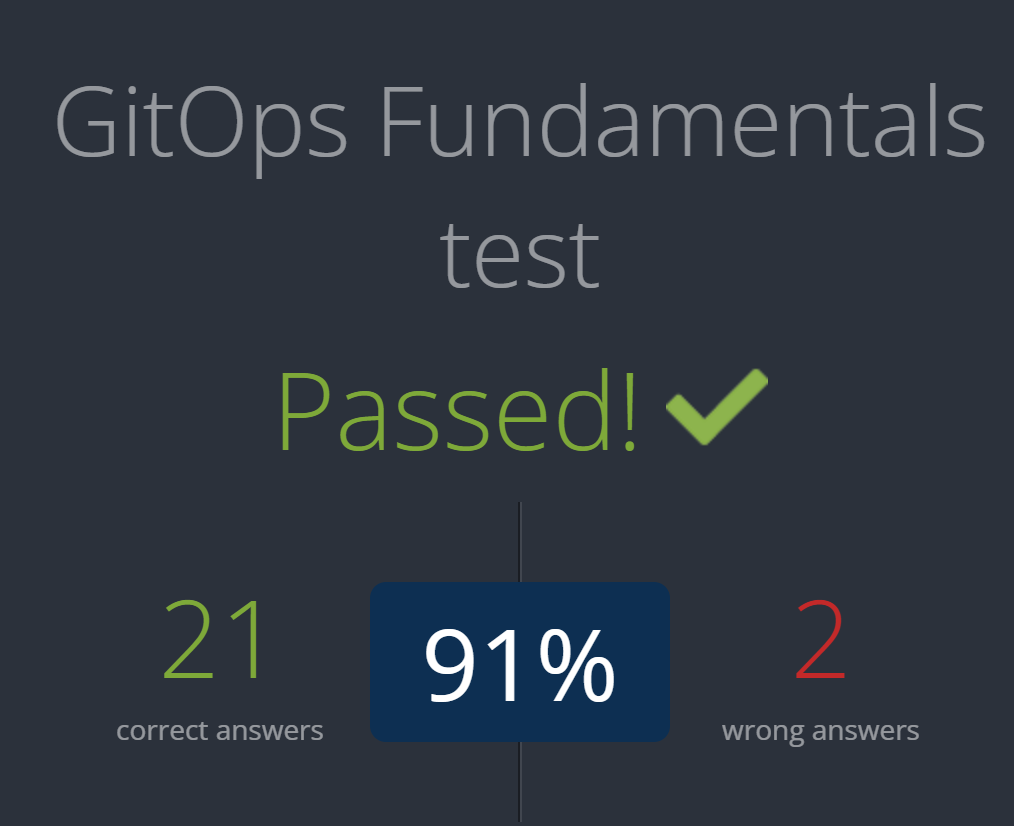
Here is the certification:
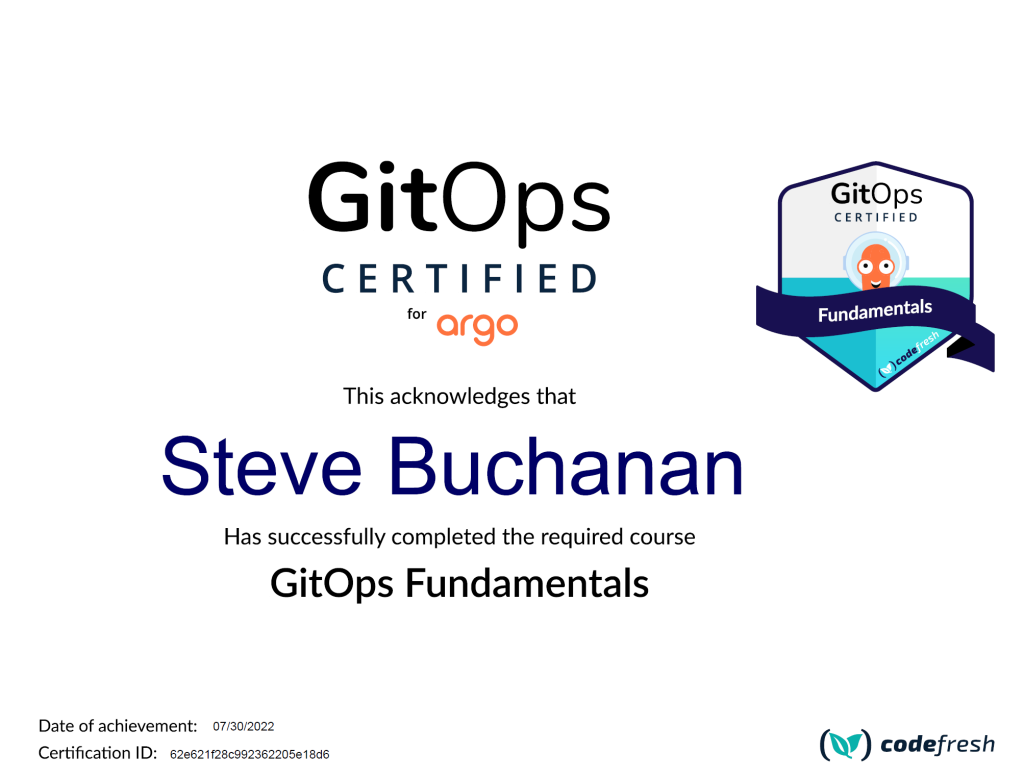
GitOps is gaining adoption more and more every day in the Kubernetes space. Also, Argo CD is growing extremely fast as one of the top if not the top GitOps operator. I recommend you check this Codefresh GitOps certification out and get GitOps certified as this pattern and the technology behind it are growing at a super fast rate.
Also note, it looks like Weaveworks is planning to launch a “Certified GitOps Practitioner (CGP)” certification soon. I would guess the Weaveworks GitOps certification will contain content on Flux another GitOps operator. You can learn more about their coming GitOps certification here: https://www.weave.works/certified-gitops-practitioner
Also for more training on GitOps and Argo CD be sure to check out my GitOps and Argo CD courses on Pluralsight here:
“GitOps: The Big Picture“:
https://app.pluralsight.com/library/courses/gitops-the-big-picture
“Getting Started with Argo CD“:
https://app.pluralsight.com/library/courses/argo-cd-getting-started
And here is the link to my Pluralsight profile to follow me for future GitOps, Kubernetes, Cloud, and DevOps content: https://app.pluralsight.com/profile/author/steve-buchanan

